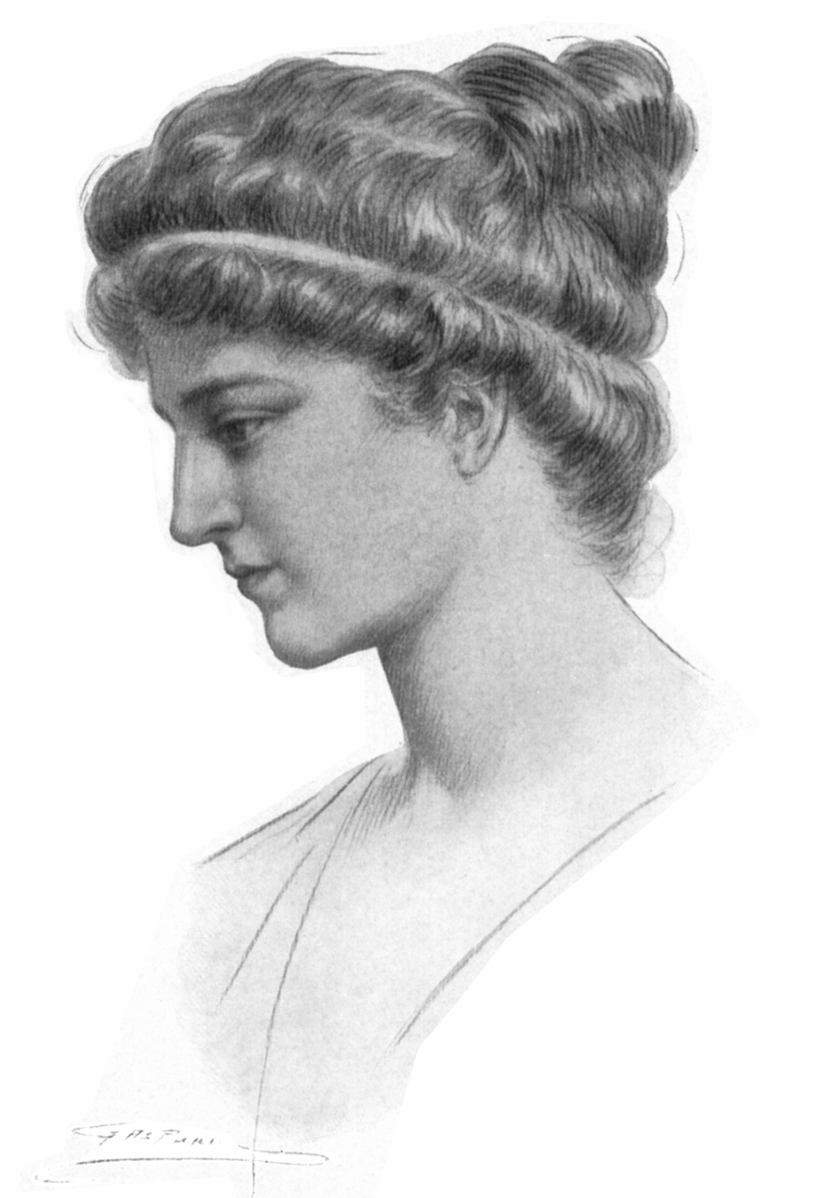The one-dollar bill shown in the photo is somewhat rare. Not so rare that it is worth more than one US dollar, but rare from the perspective of its serial number. That fact may seem surprising. At first glance, the serial number 29573801 doesn't appear extraordinary in any way; it looks just like one of the random 100,000,000 possible serial numbers possible in the 8-digit sequence. You'll see why it is rare after reading the following challenge.
In a prior post, I described a friendly bar bet in which you could easily estimate the number of prime numbers found in a range between two given numbers. A good friend was disappointed with the bar bet because most of his drinking friends don't know what a prime number is. So, I'm offering him a new challenge to try.
Ask your friend to take the first dollar bill out of his wallet or billfold. Without either of you looking at the serial number, he should place it on bar with his hand covering it. Now offer him $10 if the serial number has no repeated digits; if it doesn't, you win the bill. The bill in the photo would be a winner for your friend. Its serial number of 29573801 has no repeated digits.
The wager is heavily weighted in favor of you. Only about 1 in 55 bills will have a serial number with no repeated digits.
To see why this occurs so infrequently, consider the specific bill pictured in the photo. Of the digits 0 through 9, it is missing 4 and 6. Let's first calculate the probability that a given bill is missing the digits 4 and 6 and doesn't repeat any of the numbers. Moving through the serial number one place at a time, to meet this criteria, the first digit can be any number except 4 or 6. That leaves 8 digits out of 10. So the probability of getting through the first digit is 8/10. Now, moving to the second digit of the serial number, we need the probability that it is not a 4, 6 or a repeat of the first digit. That leaves 7 digits, so our probability of making it through the first two digits is 8/10 x 7/10. Continuing with all the remaining serial number's digits we find a probability of 8/10 x 7/10 x 6/104 x 5/10 x 4/10 x 3/10 x 2/10 x 1/10 which equals 40320/100,000,000 = .0004032. Next we have to adjust this probability because it was for the very specific case of a bill having no repeated digits and no 4 or 6. There are a total of 45 combinations of the two excluded digits, so our final probability is .000432 x 45 = 0.18144 or roughly 1 in 55.











